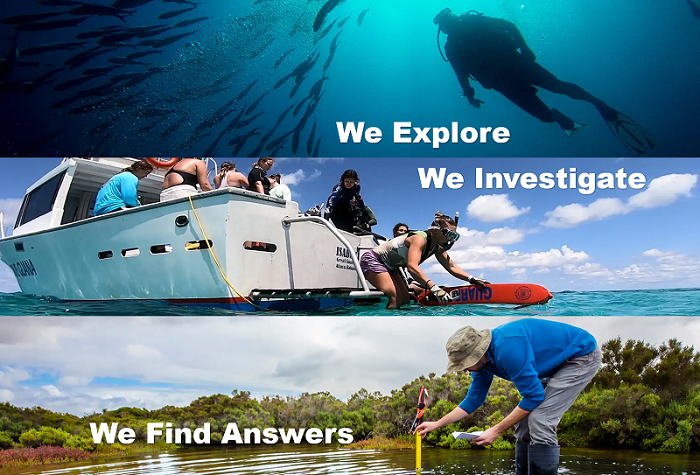Title
Patterns of fish utilisation in a tropical Indo-Pacific mangrove-coral seascape, New Caledonia
Document Type
Article
Publication Title
PLoS ONE
Abstract
Mangrove forests are important habitats for fish. However, their utilisation by fish, and the specific values they confer, are still not fully understood. This study describes how fish use mangrove forests in an Indo-Pacific mangrove-coral reef seascape. Sampling was conducted using underwater video cameras (UVCs) to describe spatial and temporal variations in fish assemblages across a small-scale (∼ 2.5 km2) system, and over the tidal and lunar cycle. UVCs were deployed in the two main component habitats of mangrove forests: At the mangrove forest edge, and inside the forest (5 m from the forest edge), to establish patterns of utilisation of fish across the tidal and lunar cycle. Proximity to coral reefs had a strong influence on the mangrove fish community, as most fish recorded were reef-associated. Juveniles of 12 reef species were observed, including two species classified as vulnerable on the IUCN list, and one endemic species. Fish assemblages on the mangrove edge differed significantly from those inside the forest. Most fish utilised the forest edge, with few species making regular use of in-forest habitats, supporting the contention that most fish species remain on the edge and potentially retreat into the forest for opportunistic feeding, or when threatened by larger predators. Species-specific patterns of utilisation varied across the tidal and lunar cycle. Small differences in depth profiles and substrate across the smallscale system had a significant effect on fish assemblages, highlighting the importance of accounting for spatial heterogeneity in these factors. These data provide important information for managers to implement adequate conservation strategies that include broader interconnected habitat mosaics.
DOI
10.1371/journal.pone.0207168
Publication Date
4-1-2019
Recommended Citation
Dubuc, Alexia; Waltham, Nathan J.; Baker, Ronald; Marchand, Cyril; and Sheaves, Marcus, "Patterns of fish utilisation in a tropical Indo-Pacific mangrove-coral seascape, New Caledonia" (2019). School of Marine and Environmental Sciences Faculty and Staff Publications and Presentations. 9.
https://jagworks.southalabama.edu/mar_env_sci_faculty_staff_pubs/9


